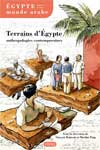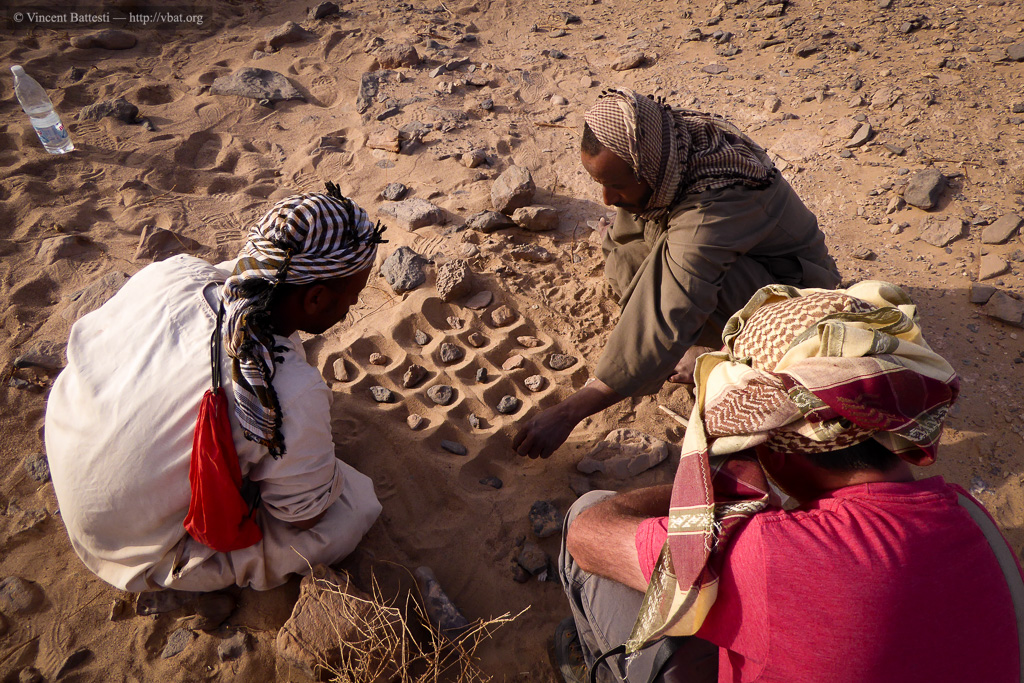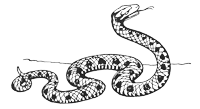Fieldworks of Egypt: introduction

Fieldworks of Egypt: introduction.
by Vincent Battesti & Nicolas Puig
– Original title:
Vincent Battesti & Nicolas Puig, Terrains d’Égypte: introduction, Égypte/Monde Arabe, Terrains d’Égypte, anthropologies contemporaines, n° 3, 3e série (V. Battesti et N. Puig dirs), 1er semestre 2006, p. 11-22.
Published in Jan. 2007.
ISSN: 0752-4412
DOI: 10.4000/ema.1071
PDF File: https://hal.science/halshs-00126186
– See this volume of Égypte/Monde arabe journal.
– New: full text on the Égypte/Monde Arabe website’s on Revues.org: http://ema.revues.org/index1071.html.
– First lines of the paper (translated in English):
This issue of Égypte/Monde arabe journal documents different Egyptian fieldworks along different ways to approach them, which are as varied as the researchers who open them up.Its purpose is to present the writing of social anthropologists who have long resided and worked in this country. This issue therefore highlights different ways of approaching the Egyptian fieldwork and different ways of conducting the anthropological survey, winch are related to the idiosyncratic dispositions of researchers. We think that to be in favor of a form of anthropology that does not save the cost of the fieldwork goes “without saying”, for most anthropologists, but “without saying much” as long as the term “fieldwork” is not defined.
This fieldwork is not only a geographical datum; the fieldwork — in French “le terrain” — is also its “development with a view to pursuing an activity” (Petit Robert, 2002), a singular activity of interactions with members of social groups. It is not limited to the anthropological place (“le lieu anthropologique” for Augé, 1992), it also includes preparation activities and preliminaries intended to provide access to the social milieux concerned: recognition, identification, delimitation and self-presentation.
The way of “practicing one’s field” varies enormously, according to the ethnographical schools, but also (and probably more so) according to the personality of the researchers involved in this ethnographic work. This diversity is further accentuated by the very individual aspect of this approach, but also by its irreducible “black box” nature: the data are recorded (input), we produced outputs, but little is known about how data are treated inside or how upstream they have been developed. (…)

- A social anthropologist (Vincent Battesti) on the fieldwork with ‘Abābda people, wadī Abū Ṣubeīra, Eastern Desert, Egypt, Feb. 2015 © Karin Harzbecher Spezzia.
– Download this article in pdf format (in French):
- Introduction (Glissements de terrain, La production des connaissances anthropologiques en Égypte)
- Terrains d’Égypte, Battesti & Puig (eds), 2006.
![]()


 vbat.org
vbat.org


